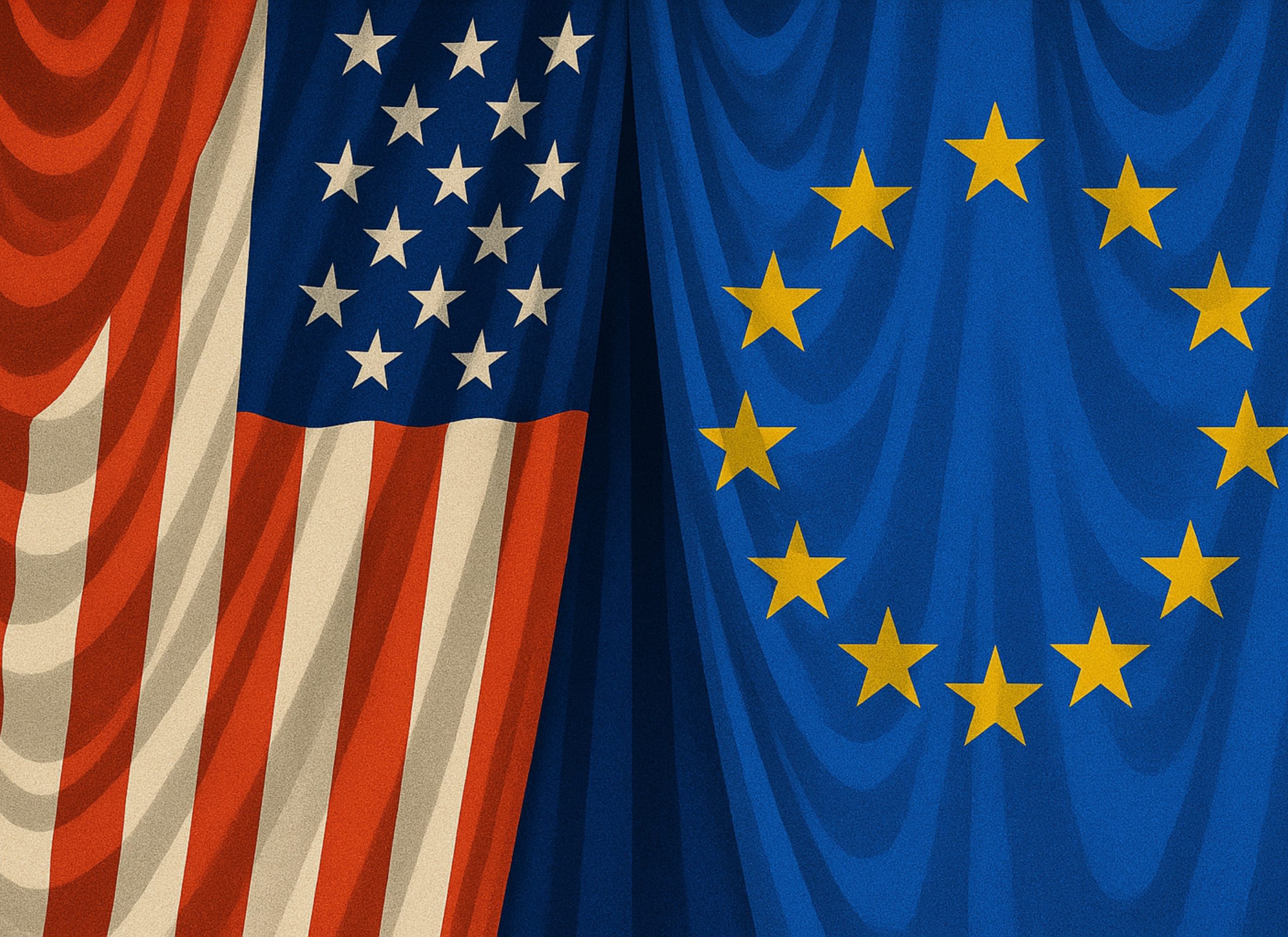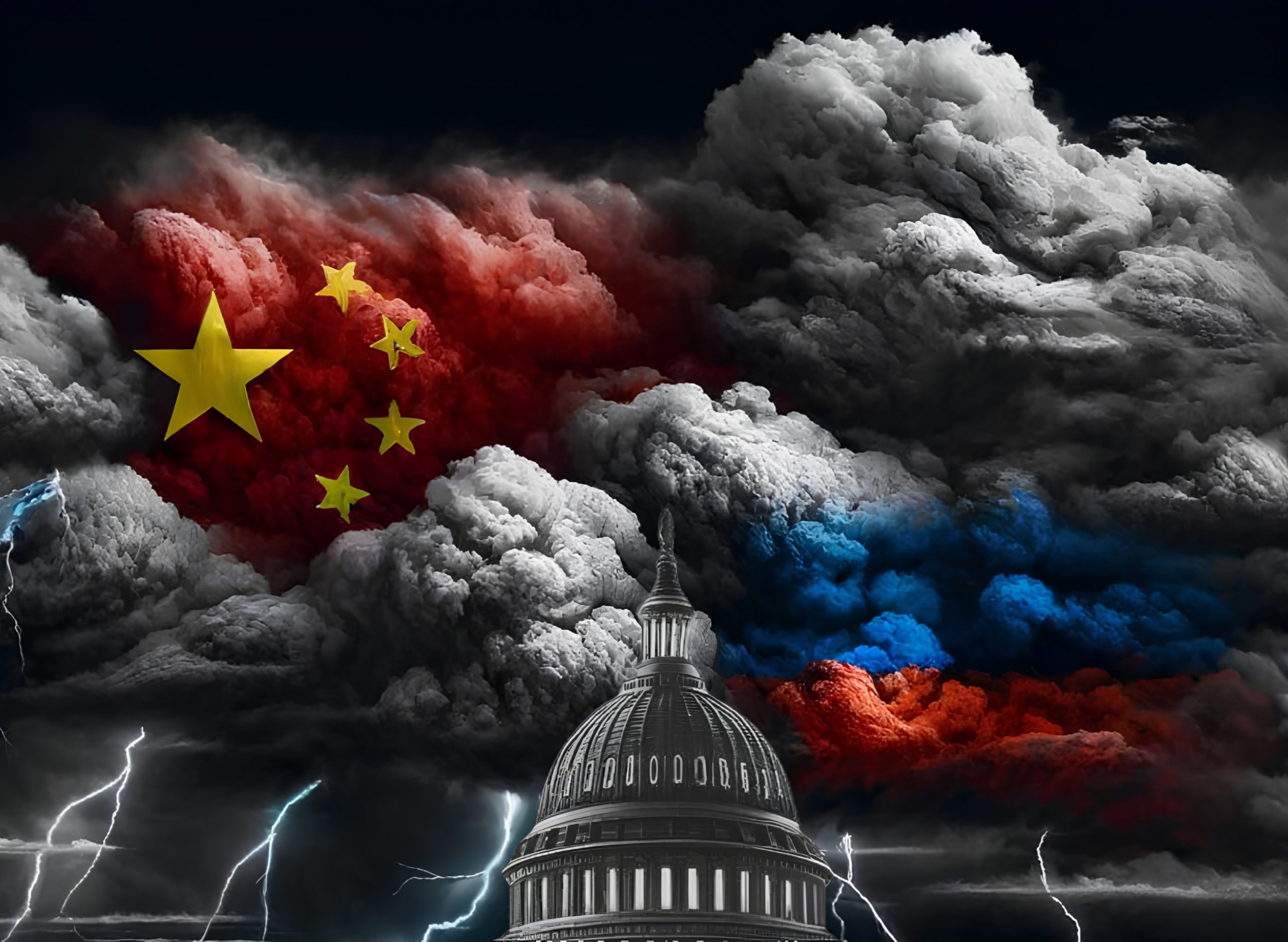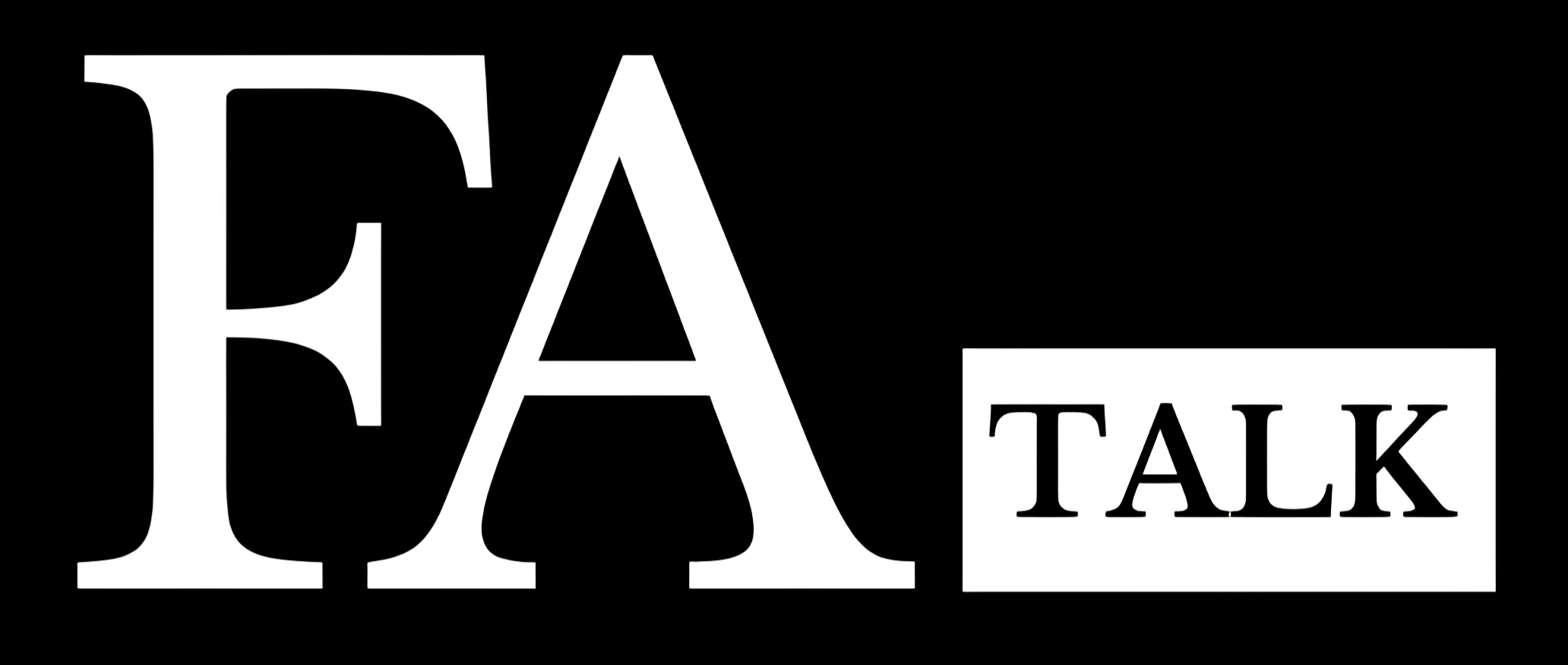

Is American Global Leadership in Danger?
U.S. leadership must preserve its ideals, reshaping through collaboration and adaptability in a multipolar world.
By | William Cano,
DECEMBER 02, 2024 | 8:44 PM
Winter 2024 Issue
Since the mid-20th century, the United States has been the architect of a world order grounded in the principles of democracy, open markets, and security alliances. Emerging from World War II as a superpower, the U.S. designed and sustained institutions like the United Nations and NATO, championing what became known as the liberal international order. This era of dominance fostered an environment where American values and ideals were perceived as synonymous with global stability and progress.
Today, however, the influence of the United States is being contested by rising powers, most notably China, and strained by internal challenges such as political polarization and economic inequality. In a shifting global landscape marked by uncertainty and competition, questions about the durability of U.S. leadership have come to the forefront. Constructivist insights into these transformations emphasize that perceptions, identities, and the evolving meanings of power are critical to understanding America’s position in the world.
The Cold War solidified the United States’ role as a global leader, countering the Soviet Union’s ideological and military threats with a robust alliance network and the promise of economic support for allied nations. During this period, American leadership became synonymous with a commitment to containing communism and promoting liberal democracy. This commitment was exemplified by initiatives like the Marshall Plan and the creation of the North Atlantic Treaty Organization (NATO). The U.S. constructed a narrative centered on democracy and freedom that defined its foreign policy, laying the foundation for a values-driven leadership model that persisted for decades.
With the Soviet Union’s collapse, the world entered a unipolar era dominated by American power, both economically and militarily. This period of unrivaled influence saw the U.S. championing globalization and technological advancement, presenting itself as the steward of a “new world order.” From a constructivist perspective, it was not only the material power of the United States but also its global perception as a “benevolent hegemon” that sustained this order. However, as the 21st century has unfolded, shifts in global norms and the rise of multipolarity have increasingly called this unipolar hegemony into question, challenging the long-standing legitimacy of U.S. leadership.
The divergent foreign policy approaches of recent U.S. presidents illustrate the ideological divides shaping America’s global role. President Joe Biden’s tenure has marked a return to multilateralism, as seen in his administration’s efforts to rejoin the Paris Climate Agreement and re-engage with NATO allies. Biden’s approach underscores the notion that alliances and partnerships are vital to addressing global challenges such as climate change, cybersecurity threats, and authoritarianism.
Conversely, Donald Trump’s “America First” policy represented an explicit shift toward isolationism, challenging traditional alliances and prioritizing national sovereignty over cooperative global governance. Trump’s criticism of NATO, withdrawal from international agreements, and preference for bilateral over multilateral diplomacy reflected a shift in the identity of American power—from leader of a liberal international order to a more transactional actor. These transformations in leadership demonstrate how domestic ideologies shape and reshape foreign policy, influencing how the U.S. is perceived abroad and challenging the coherence of American leadership.
The divide between multilateralism and isolationism in American politics creates uncertainties about U.S. commitments to global institutions and alliances. This ideological tension undermines both America’s credibility and the strength of international norms it once championed. Allies accustomed to U.S. commitments now question its reliability, while rivals perceive opportunities in American hesitation. Constructivist theory, which emphasizes how perceptions and identities shape international relations, provides insight into this phenomenon: the United States’ self-image as a “global leader” has evolved, creating a disconnect between its past and present roles on the world stage. The development of these perceptions will ultimately determine whether the U.S. remains a trusted global power or cedes influence to rising challengers.
The U.S. economy has been a central pillar of its global leadership, shaping global markets through trade, investment, and technological innovation. With the dollar serving as the world’s reserve currency, the U.S. wields considerable economic influence, allowing it to impose sanctions and incentivize cooperation through its financial systems. Historically, this economic power has reinforced America’s diplomatic and military influence, enabling it to shape international norms and standards.
Alas, U.S. economic primacy faces mounting challenges. Globalization has redistributed manufacturing and economic clout, while rising powers like China have leveraged economic interdependence to challenge American influence. As other nations diversify their trade partnerships and currencies, the U.S. risks losing its unparalleled leverage over the global financial system.China’s rapid ascent as an economic powerhouse has significantly shifted the global economic balance.
Through initiatives like the Belt and Road Initiative (BRI), China has extended its economic influence across Asia, Africa, and Latin America, creating an economic sphere of influence that rivals U.S.-led institutions like the IMF and World Bank. China’s economic rise also enables it to export its governance model, offering a tangible alternative to the liberal-democratic framework championed by the U.S. The constructivist perspective, which emphasizes that power is both material and ideational, highlights the dual significance of China’s rise: it is not only a material challenge but also a normative one, as it contests the American-led global governance model.
The U.S.-China trade war underscores the intensifying competition between the two superpowers. Trump’s tariffs on Chinese imports, coupled with Biden’s continuation of a “tough on China” stance, reflect a bipartisan consensus on addressing China’s economic practices. These tensions have had global repercussions, disrupting supply chains, reshaping international trade norms, and impacting the economies of U.S. allies reliant on Chinese markets. The trade war highlights the competing visions of global economic governance: the U.S. advocates for free markets, while China emphasizes state-driven development—a fundamental clash that threatens the cohesion of the global economy.
The U.S. maintains the world’s largest defense budget, underscoring its commitment to sustaining a robust global military presence. From NATO to the Indo-Pacific, U.S. military power deters aggression and ensures the security of critical trade routes. However, questions about the sustainability of such spending are increasingly pressing, particularly as domestic challenges and shifting global priorities call for a reevaluation of budget allocations.
Despite these pressures, the U.S. continues to invest in advanced defense capabilities, including cybersecurity and artificial intelligence, to counter emerging threats. Constructivist insights suggest that these investments go beyond material deterrence; they reinforce the U.S.’s identity as a “global protector” and demonstrate its commitment to upholding its leadership role in security. Alliances like NATO have long been central to U.S. security strategy, providing a framework for projecting power while sharing the burdens of global security. However, shifting global dynamics, including a more assertive Russia, demand a reassessment of these alliances.
NATO’s expansion, which Moscow perceives as a threat, has contributed to heightened tensions and exacerbated the U.S.-Russia rivalry, as evidenced by the ongoing war in Ukraine. Modern security threats, however, extend beyond traditional battlefields. Cyberattacks, terrorism, and asymmetric warfare require innovative strategies, presenting the U.S. with complex challenges from both state and non-state actors. The U.S.’s ability to address these evolving threats while maintaining global stability will be a critical test of its leadership capacity.
Russia’s resurgence as a military power—evident in its strategies in Ukraine and Eastern Europe, as well as its alliances with Iran and North Korea—directly challenges U.S. security interests and the stability of Europe. The Kremlin’s willingness to confront the United States to test its defense commitments, coupled with its perceived unpredictability, undermines the stability of existing security frameworks. Russia’s actions serve as a stark reminder that, even as new security challenges emerge, traditional great-power rivalries remain a central feature of global security dynamics.
U.S. diplomacy has traditionally relied on strong alliances and partnerships, providing a foundation for addressing global challenges collectively. However, recent tensions—particularly with allies in Europe and Asia—have exposed underlying strains in these relationships. Allies have expressed concerns about the U.S.’s commitment to multilateralism, especially after the Trump administration’s emphasis on unilateral decision-making. Reaffirming alliances and reestablishing the U.S. as a “reliable partner” will be critical for sustaining its diplomatic influence on the global stage.
The U.S. role in international organizations like the UN, IMF, and WTO has been instrumental in shaping global governance. However, recent skepticism about the effectiveness of these institutions—exacerbated by the growing influence of China and Russia within them—poses a significant challenge to American leadership. As these organizations face criticism for perceived inefficacy, the U.S. must advocate for reforms that restore their relevance and reassert its leadership on the global stage.
U.S.-China relations are characterized by diplomatic tensions over Taiwan, Hong Kong, and the Uyghur issue. The U.S. faces a delicate balancing act: championing human rights and democratic values while maintaining a pragmatic approach to its relationship with Beijing. This ideological and policy tension reflects a broader challenge—the difficulty of reconciling America’s values with its geopolitical interests. This dilemma lies at the heart of sustaining U.S. leadership in an increasingly multipolar world.
U.S.-Russia diplomatic relations have reached a low point, strained by Russia’s war in Ukraine, interference in Western democracies, and confrontational posturing. These tensions exacerbate ideological divides and reinforce opposing visions of world order, with Moscow’s actions challenging the liberal norms central to U.S. foreign policy. Maintaining dialogue while deterring aggression is essential to preventing further destabilization. American culture—through Hollywood, tech giants, and the “American Dream”—exerts a profound influence worldwide. This soft power has shaped global perceptions of the U.S. as a land of opportunity and innovation, reinforcing its leadership through cultural appeal.
However, the rise of alternative cultural powerhouses, particularly in Asia, presents growing competition to American cultural dominance.
American universities remain centers of innovation and thought leadership, attracting students from around the world and reinforcing the U.S.’s reputation as a hub of knowledge and progress. Yet, increasing competition from international universities, coupled with restrictive immigration policies, risks diminishing the global influence of American educational and research institutions.
The United States has long promoted democracy, human rights, and individual freedoms as core values of its foreign policy. However, inconsistencies in applying these principles—such as supporting autocratic allies or engaging in selective humanitarian interventions—have fueled global criticism. Many countries question whether American ideals are genuine universal principles or tools for strategic gain, eroding the U.S.’s credibility as a moral leader. Constructivist insights emphasize the importance of consistent identity and norms in maintaining international influence. For the U.S. to continue shaping global values, it will be crucial to align its actions with its stated principles.
The deepening social and political polarization within the United States poses a significant challenge to its global leadership. Domestic strife undermines the cohesion and resilience of U.S. foreign policy, as shifting administrations signal unpredictable policy reversals to the international community. These internal divisions risk projecting an image of instability, making allies wary of U.S. commitments and emboldening rivals. For American leadership to remain effective, achieving national unity on fundamental foreign policy priorities—such as climate action, security commitments, and support for international institutions—will be essential in navigating the complexities of global politics.
The era of unipolar American dominance is waning, giving way to a more multipolar landscape where the U.S. must contend with other centers of power. As China, Russia, the EU, and regional players assert themselves on the global stage, the U.S. faces a strategic choice: adapt to this new balance of power through diplomacy and coalition-building or risk becoming isolated. While the U.S. remains influential, its leadership will likely evolve into a more collaborative role, emphasizing partnerships rather than outright hegemony.
China’s economic influence, Russia’s military assertiveness, and the EU’s commitment to multilateralism present credible alternatives to a U.S.-led order. Each brings unique strengths and ideologies that challenge the established norms of international relations. This multipolar world complicates the traditional binary of “U.S. leadership versus autocratic alternatives,” requiring the U.S. to engage in nuanced diplomacy and influence-building with diverse actors. As constructivism suggests, the competition among these powers is as much about ideas and identities as it is about material capabilities. To navigate this new landscape, the U.S. must redefine its leadership to accommodate diverse perspectives while remaining a steadfast advocate for democratic values.
The United States stands at a pivotal moment in its leadership journey, confronted by both external challenges and internal uncertainties. While the foundation of American power—its economy, military, and cultural appeal—remains formidable, the country urgently needs to address its ideological and strategic vulnerabilities. A commitment to consistent values, collaborative alliances, and pragmatic adaptation will determine the extent to which the U.S. can continue to influence global governance and uphold the norms it helped establish.
Ultimately, the question of American leadership is not solely one of resources or strategic assets but of identity and vision. As constructivist perspectives suggest, the meanings and values associated with American power are as critical as its material foundations. In adapting to a multipolar world, the U.S. has an opportunity to lead by example—upholding democratic principles, fostering equitable economic growth, and addressing global challenges in a spirit of cooperation. By doing so, it can retain a vital role, not through dominance, but by championing a world order that reflects both American ideals and the aspirations of a diverse global community.
In this evolving global landscape, U.S. leadership is no longer inevitable; it must be earned. By prioritizing partnership over unilateralism, the U.S. can establish the foundation for a resilient, adaptable, and enduring presence on the world stage—one that aligns with the complex realities of the 21st century. Whether this vision of American leadership is realized will depend on the nation’s ability to navigate shifting global dynamics with humility, consistency, and a forward-looking approach.


